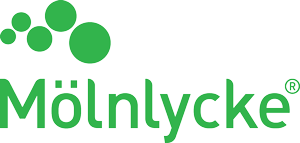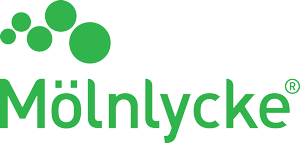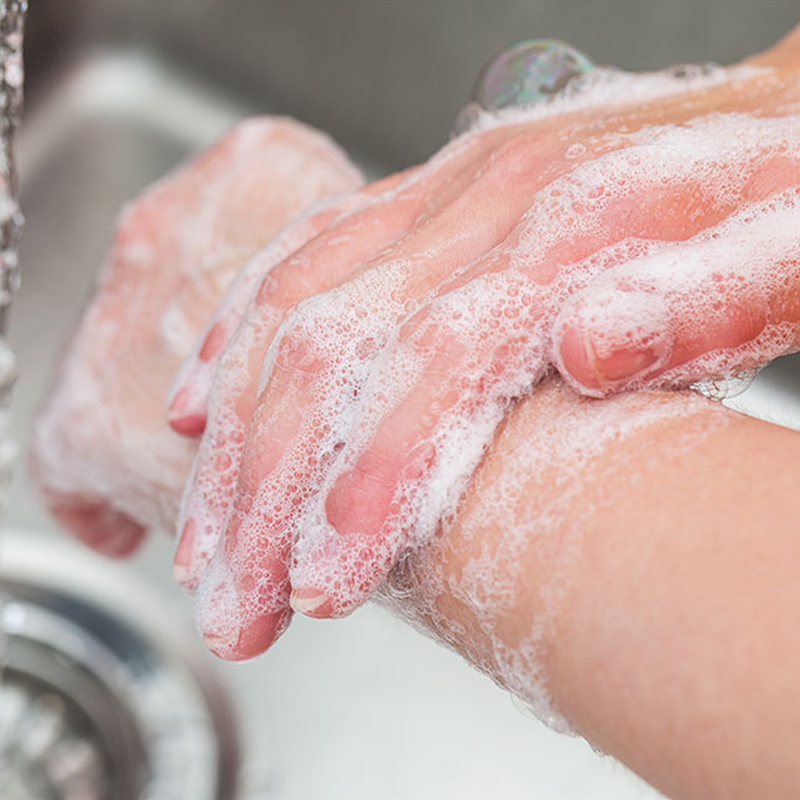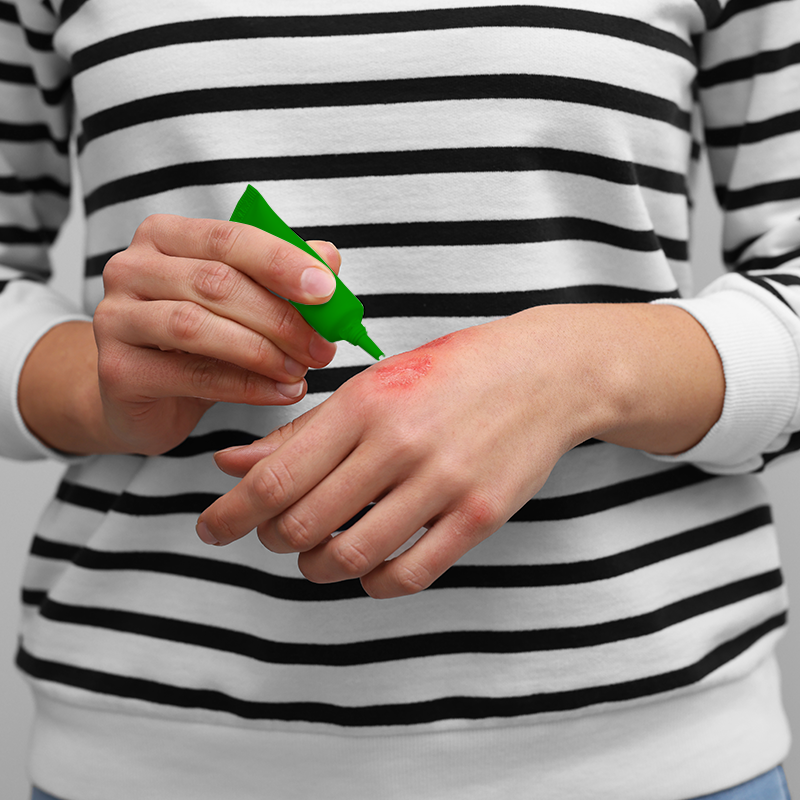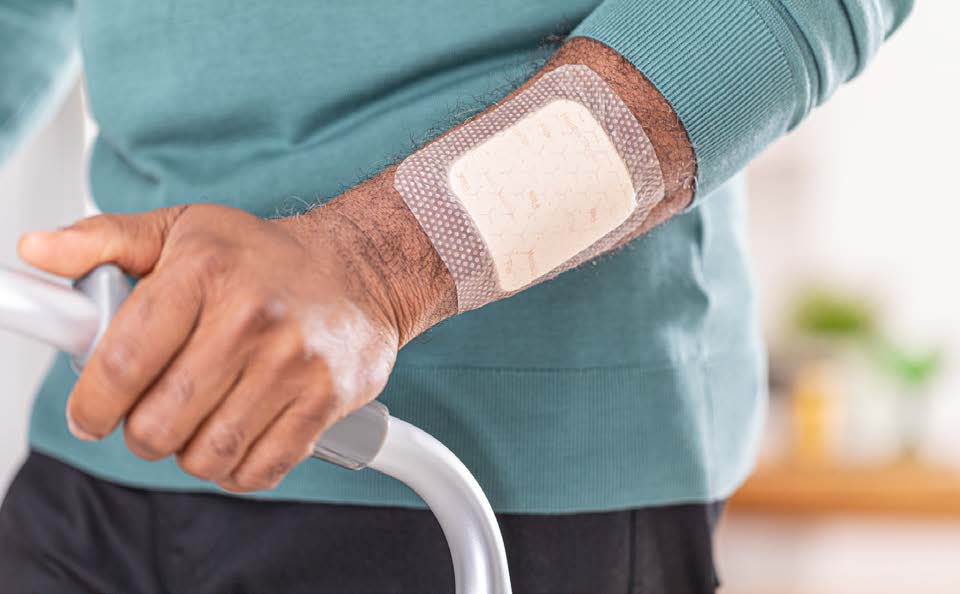Clean
- Wash your hands before and after treating your wound! This is an important step to prevent infection. You can use soap and water or an antiseptic skin cleanser like Hibiclens®.1
- Stop bleeding by pressing a clean cloth, or sterile gauze pad against the wound for several minutes. If bleeding continues, call a doctor.
- Rinse the wound with clean water or saline and gently remove any dirt with a clean, moist cloth.
